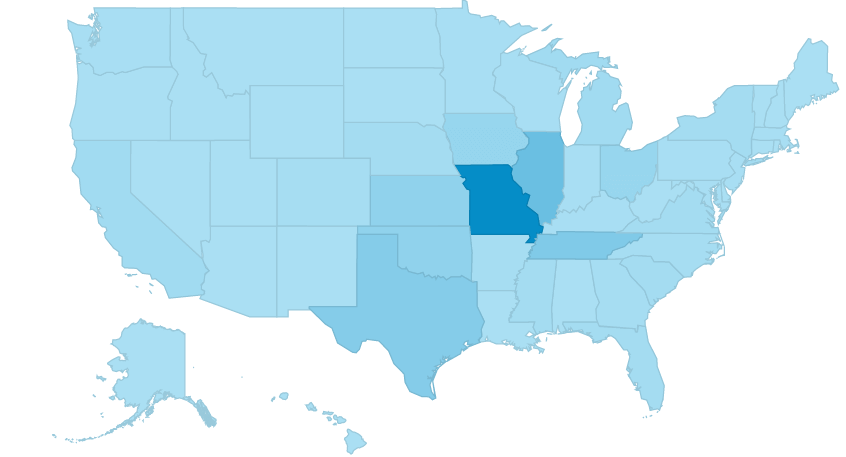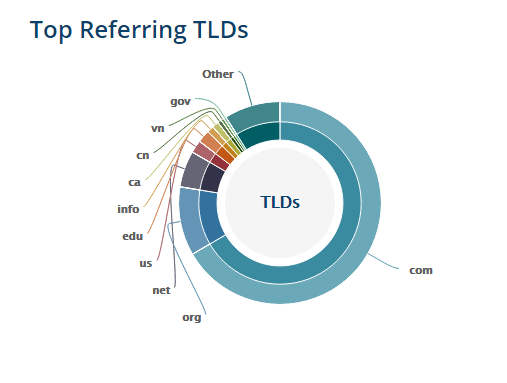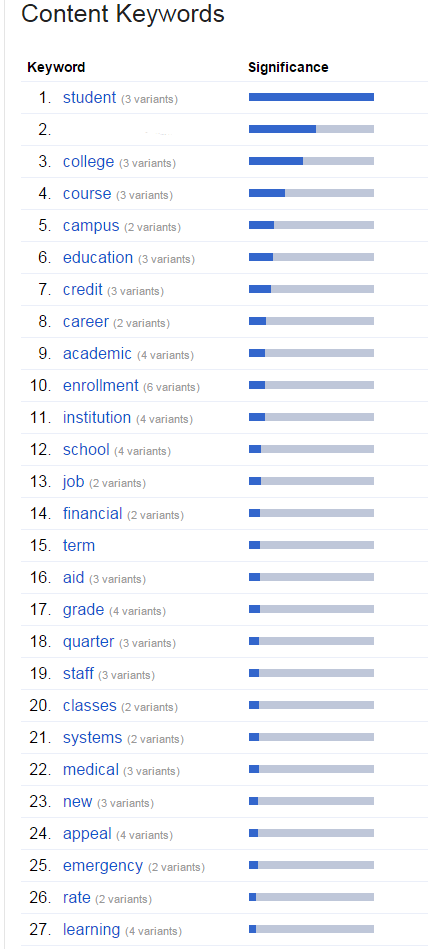Posted on 10/22/2015 in Business and Strategy
By wakefly
Nowadays, Higher Education institutions are facing great challenges while trying to recruit new students. The digital age has changed the rules of the recruiting process, causing schools to refine their marketing strategies.
The challenge of attracting new students is even more difficult for localized or regional institutions, like community colleges, that best serve students from the surrounding geographic area.
The following is a list of consideration to ensure your strategy for attracting local students to your institution is on track and on target:
Target the Right Geographic Location
This one may seem obvious, but more often than not, campaigns are set up without setting a specific location. Setting the location of target audience is key to reaching the audience you want to attract, and only the audience you want to attract. If you are trying to increase enrollment for a community college in Missouri, running a paid search campaign targeting the entire United States is a waste of your time and money. Thus make sure you are aiming at the right localized audience that best fit the needs of the institutions.
After you build a buyer persona of your ideal student, you should have a good idea of where these students live, and how far they are willing to travel to attend classes.
Then, when you build your PPC campaign, Display campaign, or go to optimize your website pages with localized keywords, you will know exactly where to target your ads, and exactly which language to use.

Know Your Student Buyer Persona’s Demographic Information
Demographic data about your audience is also critical to reach recruitment goals and as such, it should be closely monitored.
Even if you are targeting the right geographic area, if visitors do not meet the appropriate age and gender, chances are they are not going to knock at the door asking for more information about the classes and programs the school offers.
In the graphic below you can see an effective online campaign targeting college age students and young adults. In this chart, the vast majority of visitors to the website can be classified as being part of the target audience.

Know Which “Digital Neighborhood” Your Institution is Part Of
In this digital era, your website is not isolated, but is part of bigger conglomerate of web properties that share information and interlink in a natural way. Search engines determine how important your site is to this network based on the number of websites linking to your web property and their importance in the industry.
It is very important that you continue to build links to your site. These links should ideally be a healthy mix of inbound links from Local Governmental, non profit institutions, news outlets, and local organizations. You can identify quickly what type of inbound links your web property has by using tools such as AHREFS, so you know what areas you need to work on.

Just as it is important to grow healthy backlinks, it is important to shed unhealthy backlinks. When you download your AHREFS report, check each backlink to make sure it does not come from a linkfarm or malicious website. If you do have a lot of these bad backlinks, you can use Google’s Disavow tool to help clean them up.
Create Relevant Content: Keyword Cloud with Local Key Phrases Relevant to the Location of your Target Audience
This is a fundamental part of the strategy. Content is still King, and always will be. If your target audience find your content, informative, engaging, useful, they will love your website, share the information in the pages via social media or email, bookmark it, or quote the content in their own web space. Building authority is key to rank prominently in the search engines. Similarly, search engine spiders crawl your website.
A quick way to make sure your keyword cloud is healthy and right on target is using Google Search Console ( Formerly Google Webmaster Tools ). Just go to “Content Keywords” report and browse the list of key phrases that mostly reflect your sites in the eyes of the google spider or googlebot.
If you detect keywords not relevant to your industry or the area you are targeting, you should definitely take a closer look to your content.
The following is an example of a healthy keyword cloud report for an Educational institution:

Social Media, Mobile-Friendly Design
Yes, websites should be mobile friendly, now more than ever, since Google just recently confirmed Mobile search is bigger than desktop search. Because of target market behavior, higher education institutions should make sure their websites are highly optimized for smartphones and tablets.
Additionally, young people tend to be connect via social media most of the time and share information at a great speed. Having a defined Social media strategy to engage the target audience is an essential part of recruitment nowadays. Those institutions that fail to see the importance of Social media and reputation management will fall behind.
Conclusion
Recognizing the importance of concentrating efforts in a target geographic area, engaging the right demographic audience, and improving the online presence via relevant inbound links and Social Media is vital for any higher education institution. Adapting to technological changes and implementing and engaging potential students via content creation campaigns using mobile friendly designs should be part of any strategy.
Related Articles

How Do I Optimize My Website for AI?
Why do you need to optimize your website for AI?AI-powered search engines like Google’s AI Overview, Perplexity, and tools such as Microsoft's [...]

Outdated or Outstanding? How to Tell If Your Website Needs a Refresh
Your website is the digital face of your business. It serves as a first impression, a marketing tool, and a resource for potential customers. [...]

Preparing a Website Redesign Budget for 2025: A Step-by-Step Guide
As we approach 2025, businesses are recognizing the necessity of a fresh, user-friendly website to stay competitive in a rapidly evolving digital [...]

